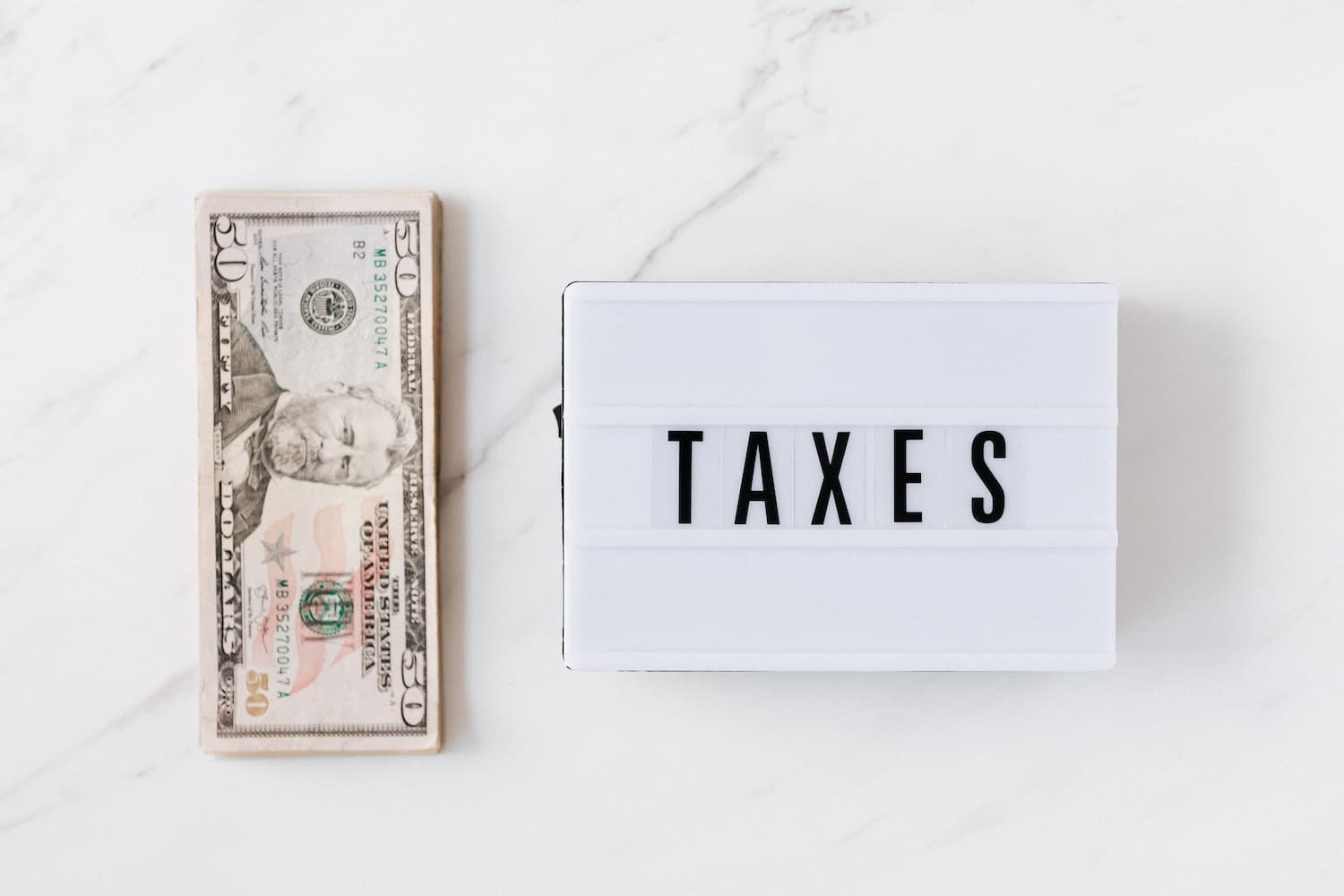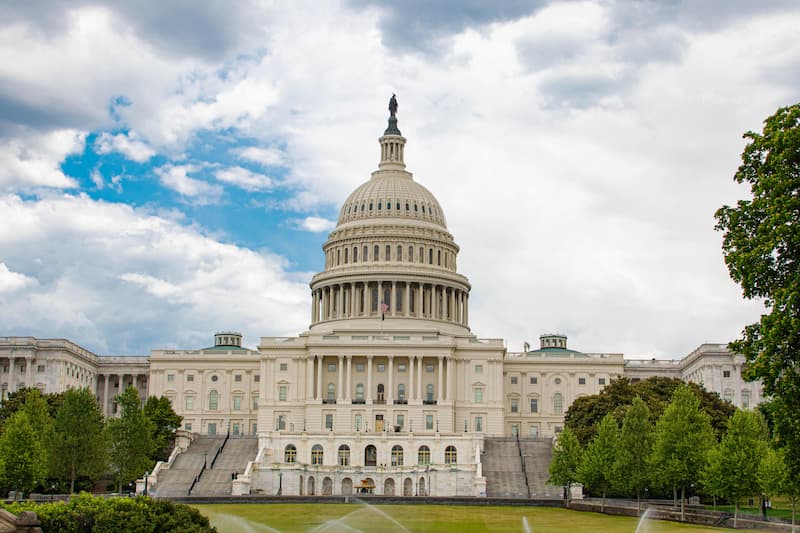President Biden addressed the nation recently, unveiling the American Families Plan – a follow-up to his American Jobs Plan -- and how he plans to finance both through changes in both individual and corporate taxes. Though many things may change as his plan progresses through Congress, there are a few things to keep your eye on. For more details, be sure to check out our webinar from today:
Individual tax rates
The president seeks to increase the top individual income tax rate on ordinary income from 37% to 39.6%. This year, the top tax rate kicks in at $523,601 in taxable income for singles and $628,301 for married couples filing jointly. Under Biden’s plan, that top individual income tax rate of 39.6% would hit income above around $452,700 for individuals and $509,300 for married couples filing jointly, according to The White House.
Biden has consistently promised that taxpayers earning less than $400,000 will not see a tax increase.
Social Security tax
Biden’s plan would impose a 12.4% Old-Age, Survivors, and Disability Insurance (Social Security) payroll tax on income earned above $400,000, to be evenly split between employers and employees.
Limited itemized deductions for higher earners
Biden’s plan would cap the tax benefit of itemized deductions to 28% of value for individuals earning more than $400,000, which means that taxpayers earning above that income threshold with tax rates higher than 28% would face limited itemized deductions.
Heirs and eliminating the “step-up” in basis
Biden wants to eliminate the “step-up” in basis on assets in an estate – which has previously allowed heirs the opportunity to avoid capital gains tax on appreciated assets they inherit. The Biden plan would allow the first $1 million in passed-on gains from each person who dies to remain tax free. A couple could pass on $2.5 million untaxed, once the $250,000 per person exclusion on gains from the sale of a primary residence is factored in.
Long-term capital gains
For households earning more than $1 million, Biden wants to tax long-term capital gains and dividends at the top income tax rate of 39.6% -- a substantial jump from the current top 20% on such income. The 3.8% surtax on investment gains, implemented as part of the Affordable Care Act, would also apply, bringing the top federal tax rate for America’s highest earners to 43.4%.
Carried interest
The president wants to eliminate the carried interest tax break, which allows hedge fund partners to treat a large portion of their compensation as long-term capital gains – instead of ordinary income -- and therefore pay a much lower tax rate.
Real estate investments
President Biden’s plan calls for ending a tax break connected with 1031 like-kind exchanges that lets real estate investors defer federal capital gains taxes on a property by exchanging it for a different one. The White House says it would end this break only for gains greater than $500,000.
Wealthy real estate investors would be doubly impacted here given Biden’s plan to end the “step-up” in basis loophole.
Increased financial reporting and audits
The Biden Administration seeks to send an extra $80 billion to the IRS over the next ten years, on top of the 10.4% increase it has proposed for FY 2022, to help the agency bulk up enforcement through increased audits and deal with a new requirement that financial institutions report annually on money flowing into and out of accounts.
Corporate taxes and QBI
The plan phases out the qualified business income deduction (Section 199A) for filers with taxable income above $400,000.
For corporate taxes, the plan:
- Increases the corporate income tax rate from 21% to 28%.
- Creates a minimum tax on corporations with book profits of $100 million or higher. The minimum tax is structured as an alternative minimum tax—corporations will pay the greater of their regular corporate income tax or the 15% minimum tax while still allowing for net operating loss (NOL) and foreign tax credits.
- Doubles the tax rate on Global Intangible Low Tax Income (GILTI) earned by foreign subsidiaries of US firms from 10.5% to 21%.
- Establishes a Manufacturing Communities Tax Credit to reduce the tax liability of businesses that experience workforce layoffs or a major government institution closure
- Expands the New Markets Tax Credit and makes it permanent.
- Offers tax credits to small business for adopting workplace retirement savings plans.
- Expands several renewable-energy-related tax credits, including tax credits for carbon capture, use, and storage as well as credits for residential energy efficiency, and a restoration of the Energy Investment Tax Credit (ITC) and the Electric Vehicle Tax Credit. The Biden plan would also end tax subsidies for fossil fuels.
Child Tax Credit
The president’s plan includes a 5-year extension of the expanded Child Tax Credit. Beginning in July 2021, parents who qualify will receive a $3,000 credit for every child aged 6-17 -- $3,600 for each child under 6 – paid out monthly through December. The remaining money will be claimed on the 2021 tax return. Individuals earning up to $75,000 per year, heads of household earning up to $112,500 per year, and joint filers earning up to $150,000 per year are eligible for the full credit.
Biden’s plan would also make the existing $2,000 per child tax credit permanently refundable, meaning it would be more accessible to low-income families who previously did not pay enough taxes two qualify for the credit.
Biden also wants Congress to make permanent the American Rescue Plan’s temporary expansion of the Child and Dependent Care Tax Credit, which would give eligible families a tax credit of up to $4,000 for one child or up to $8,000 for more than one child to offset spending on childcare—including after-school programs and summer day camp—while they work. The amount of that credit phases out as income rises above $125,000, however.
EITC and ACA
Biden’s plan would permanently expand the Earned Income Tax Credit (EITC) and increase tax benefits for those receiving their health insurance through the Affordable Care Act (ACA).
Business Losses
Biden’s plan would permanently extend the current limitation that restricts large, excess business losses.
This is a lot to digest. Please check out our webinar from today for more details, and reach out to us with questions, as always.






